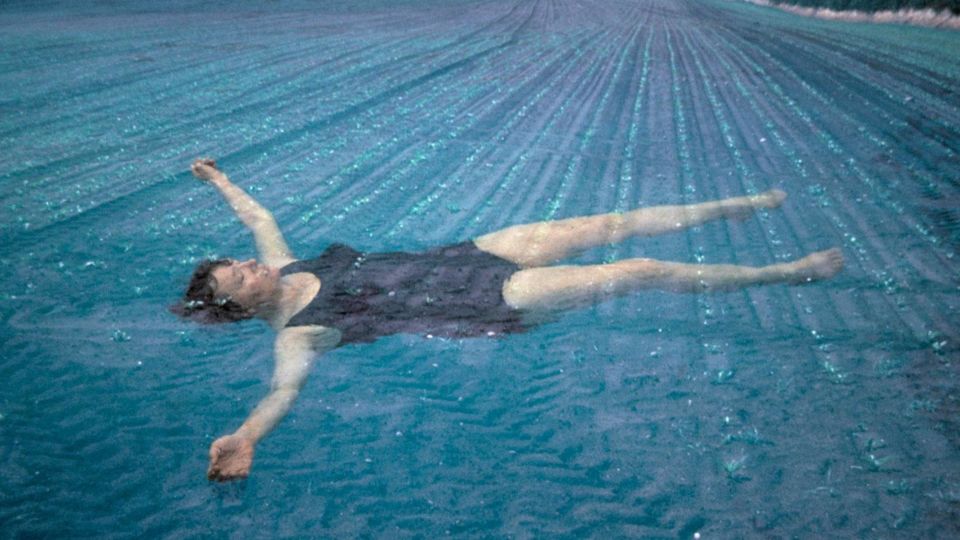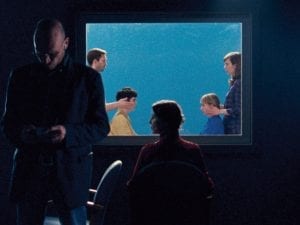Jo Spence and Oreet Ashery: Misbehaving Bodies at Wellcome Collection, London, brings together two key artists who explore the portrayal of chronic illness and experiences of care. Curator George Vasey discusses how the show challenges representations and responds to the digital age.
A: Misbehaving Bodies foregrounds health diversity and our understanding of ‘untypical’ bodies, articulating a more complex view of illness and life-limiting conditions. Why is it so important to highlight these themes in 2019?
GV: In the UK, more people are living longer with chronic conditions, yet illness and aging aren’t topics people generally want to talk about. Wellcome Collection’s aim is to challenge perceptions of health, so it feels pertinent to raise this conversation through the work of Oreet Ashery and Jo Spence. The World Health Organisation defines health as the “state of complete physical, mental, and social wellbeing, and not merely the absence of disease or infirmity.” Ashery and Spence’s work explores this through a multiplicity of angles and represents health as a dynamic condition. Both artists complicate the picture and celebrate bodies that don’t conform to standardised and “typical” ideals.
A: Let’s discuss Jo Spence’s work, which documents her diagnosis of breast cancer and subsequent healthcare regime throughout the 1980s. How is the work structured, and what messages does it convey?
GV: Jo Spence started off as a documentary photographer within a very political tradition. In the late 1970s, she turned the camera on herself, using her body and biography to offer a different way of viewing the self. After she was diagnosed with breast cancer, Spence used photography as therapy and testimony – as a way of working through trauma and speaking back to the system. I think this is why her work is so influential. It is about claiming back agency and self-definition as a patient. She wanted her work to be useful to people, and she was an advocate for alternate forms of healthcare. The images are about illness and wellbeing in its broadest sense, showing how this intersects with issues such as gender, ageing and class. Spence’s work has broader resonances with social media and the selfie – I often think about what she would have done with a smartphone and a social media account.
A: How do the series demonstrate the therapeutic potential of photography?
GV: In the mid-1980s, Spence and Rosy Martin developed phototherapy. Unlike most photography, this body of work gave agency to the person in front of the camera. The author of the image enacted out a traumatic episode from their life, counselled by the photographer behind the camera. In these images, you can see Spence re-staging various traumas from her life such as her failed marriage, her feeling of abandonment as a child and her complicated relationship with her mother. By re-enacting these difficult memories, she confronts them and attempts to moves on. I think this work is joyous and celebratory – it’s about dealing with imperfections and celebrating them rather than trying to repress them, and using photography to heal yourself rather than harbouring resentments.
A: These pieces create a powerful dialogue with with Oreet Ashery’s Revisiting Genesis. How does Ashery explore death and dying in the digital age?
GV: Ashery is interested in how technology has shifted our understanding of dying. The internet has changed the way that we connect and mourn, how we live and how we die. Technology can offer a false promise of everlasting life. For instance, in Ashery’s mini-series we encounter healthcare professionals attempting to sell slideshows of people’s lives, archiving their achievements for loved ones once they’ve died. This absurdist take shows her cynicism towards these technologies. The work addresses many of the same themes as Spence, updating it to our current context. It asks us to think about issues such as big data and online privacy: What happens to our social media feeds after we die? Is the internet one big graveyard? Ultimately, I think, the work suggests that death is just one more thing that can be monetised.
A: What do you hope audiences take away from the show?
GV: I would like the exhibition to be helpful to people who have direct experience of these themes. In the interpretation and guidebook, we have included testimonies from a range of artists – people with lived experience, academics and healthcare professionals. This polyvocality feels important in updating and deepening the conversation and I hope that comes across. Importantly, I would like audiences to be inspired and feel that, although the work can be difficult, the exhibition is playful and comfortable. A lot of people have expressed surprise at the overall atmosphere. We wanted to slightly wrong foot people’s expectations about what the show would look like and we’re grateful to David Kohn Architects and Mark El-Khatib for designing such a unique environment.
A: What does Wellcome Collection have planned for the rest of 2019?
GV: We are launching a new moving-image commission by Oreet Ashery in October that will come into the exhibition. This is her first major commission since Revisiting Genesis and I can’t wait for people to see it. The film explores the recent death of her father and relationship with her family. I’ve seen an early edit and it is incredibly moving. In the other galleries we will be launching Play Well in October and a permanent display, Being Human, in September. It is a very exciting moment for the Wellcome Collection.
Misbehaving Bodies runs until 26 January 2020. Find out more here.
Lead image: Jo Spence,1934 – 1992, The Final Project [‘End Picture’ Floating], 1991 – 1992. Collaboration with Terry Dennett Positive print from medium-format colour negative. 89 x 134 cm. Edition of 1 plus 1 Estate Copy. Wellcome Collection © The Estate of the Artist. Courtesy of Richard Saltoun Gallery, London.





